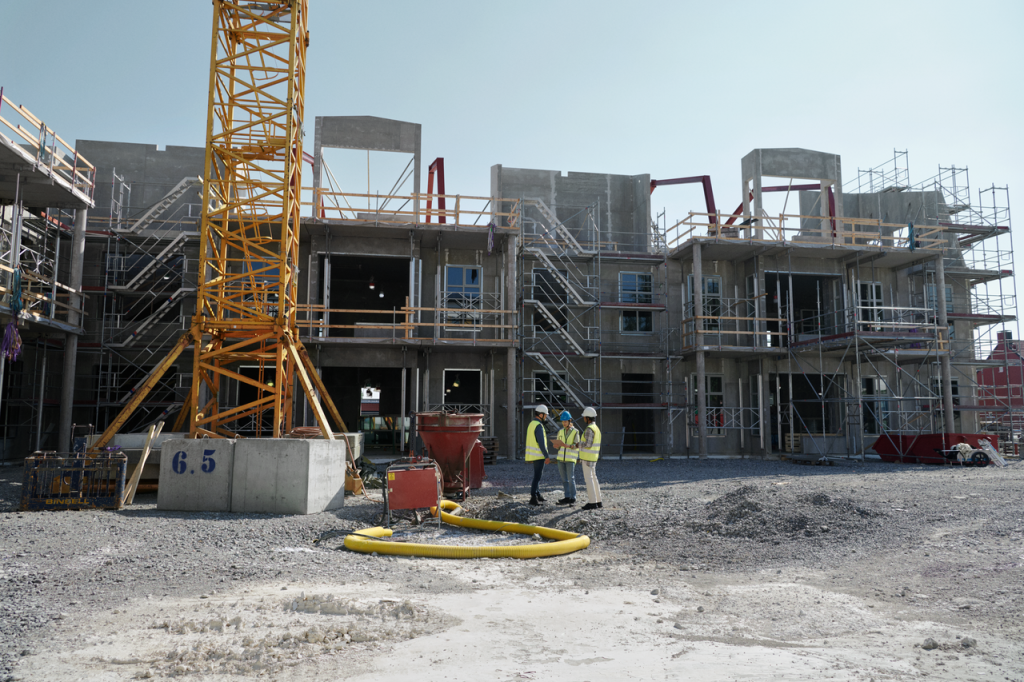Developers often assume their contractor or ICP will handle grid connections. But with 65% still unaware they can choose their own Independent Distribution Network Operator (IDNO), many risk leaving money and value on the table. We spoke to Suzanna Lashford, Head of Business Development at Vattenfall IDNO, to understand why developers should take control of the decision — and how to do it.
Many developers assume grid connections are something the main contractor or ICP takes care of. What’s the problem with that approach?
Most developers are focused on delivering a project on time and on budget, and it is very common to delegate the technical side of grid connections to their contractor or Independent Connection Provider (ICP). But this hands-off approach can mean missing out on real value. Our own research shows that 65% of developers still think the local Distribution Network Operator (DNO) is their only option. In reality, IDNOs are a regulated alternative that can bring developers faster connections, technical support, and financial rebates. If you don’t know the choice exists, you can’t benefit from it.
So what exactly is an IDNO, and how do they differ from DNOs and ICPs?
Distribution Network Operators (DNOs) are the regional incumbents licensed by Ofgem to own, operate, and maintain electricity distribution networks, but they can only work within their defined geographic regions. Independent Distribution Network Operators (IDNOs), by contrast, are licensed to build and operate new networks anywhere in Great Britain, typically for housing or commercial developments, and then connect them back into a local DNO’s system. Independent Connection Providers (ICPs) are accredited contractors who design and construct new electricity connections but do not own or operate them once complete. Crucially, unlike DNOs or ICPs, only IDNOs can offer developers Asset Adoption Value (AAV) rebates, providing an additional financial incentive for choosing them.
Why does it matter who selects the IDNO?
– If an ICP chooses on your behalf, you may never know what rebates have been offered — or where they’ve ended up. Some ICPs retain all or part of the rebate, rather than passing it through to the developer. That means the value that significant value which can help reduce the costs of new grid connections is lost. Beyond the money, the choice of IDNO also defines the service you’ll receive, so it’s far too important to be treated as a hidden decision.
What risks do developers run if they don’t specify who handles their grid connection themselves?
If developers do not take control and specify who should handle their grid connection, the default is usually that the local DNO undertakes the work. This can expose the project to higher costs, slower delivery, and reduced flexibility, as DNOs often have long lead times and do not offer the Asset Adoption Value (AAV) rebates available from IDNOs. If the choice is left to an ICP or subcontractor, they will often keep some or all of the AAV themselves, meaning the developer misses out on money that could otherwise reduce project costs. By failing to liaise with IDNOs directly, developers risk losing out on faster, more competitive, and more commercially advantageous solutions, while limiting their influence over design and delivery or tying themselves to the regional monopoly.

What benefits can developers unlock by engaging directly with an IDNO?
First and foremost: transparency. You know exactly what’s on offer and where the value is going. But there’s more. If you involve an IDNO early in the design stage, you can get technical and legal guidance that helps de-risk the project before you even break ground. Developers who engage directly also tend to find the process smoother, with greater certainty on both costs and timelines. And choosing a stable, experienced IDNO means you’re working with a partner who looks at lifecycle value, not just upfront cash.
What practical steps should developers take right now?
At the start of any project, developers should be asking which IDNOs have been approached, what Asset Adoption Values have been offered, and who is keeping the rebate. Beyond that, the key is to engage IDNOs directly and early. Even a short conversation at concept stage can reveal the potential for significant savings and additional benefits which speed up project delivery.
Finally, how does Vattenfall IDNO position itself in this landscape?
Vattenfall is a well-established and experienced IDNO. We’ve got the financial strength of a major European energy company behind us, coupled with a dedicated UK team that understands the realities developers face. Our focus is on transparency, reliability, and long-term partnership — not short-term promises. For us, it’s about helping developers make informed choices and deliver projects with greater certainty.
Developers don’t have to leave IDNO selection to their contractor. By taking control of the decision, they can secure better value, reduce risk, and benefit from expert input earlier in the project. As Suzanna Lashford puts it: “Developers should see IDNOs as strategic partners, not an afterthought. Making the choice yourself is one of the simplest ways to unlock value in your development.”



